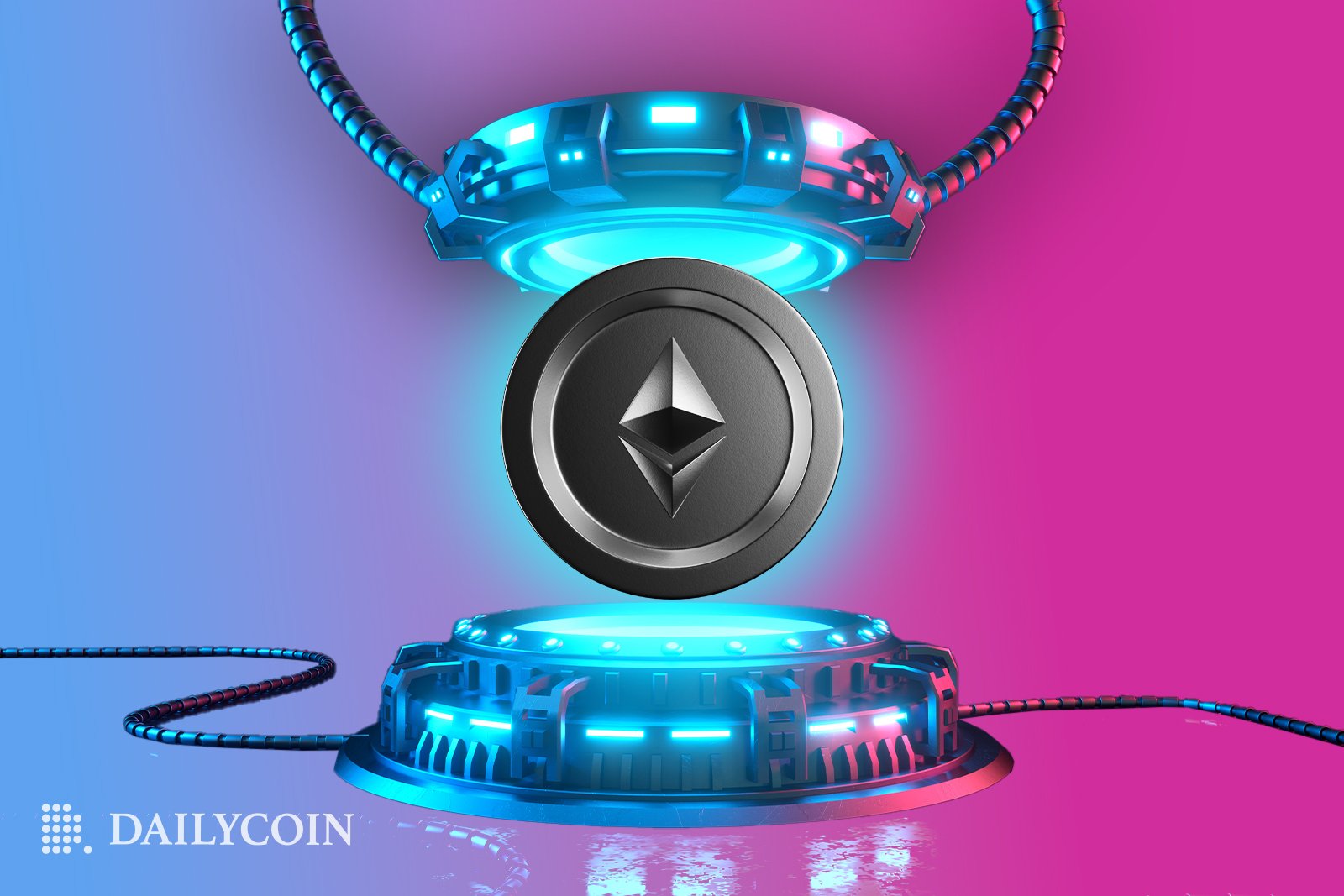
Ethereum, the first and largest smart contract network, has long been promising to fix the issues plaguing many users. Its recent Decun Upgrade marks a significant step towards addressing its scalability and high transaction fees.
With the upgrade now live, the community is expressing their reactions to the change. However, initial reactions were mixed, as some users expected more.
Community Reactions to the Ethereum Decun Upgrade
On Wednesday, March 13, Ethereum’s Decun upgrade went live, which is expected to deliver better performance on the network. However, the community’s reactions were mixed, likely due to confusion about what the upgrade was actually about.
Sponsored
While many were hopeful about the upgrade’s effect on ETH, others revealed that they expected more. In particular, a recent Twitter poll highlighted that a substantial portion of the Ethereum user base still grapples with high or unchanged transaction fees, prompting discussion about the upgrade.
One user said they expected the Decun upgrade to affect Ethereum’s mainnet gas fees but later learned it was just about L2s. Others suggested that it would take time for the upgrade to have a noticeable effect on gas fees for L2s and Ethereum.
Understanding the Decun Upgrade and Ethereum Gas Fees
The Decun Upgrade on Ethereum’s mainnet is primarily centered around implementing EIP-4844, a proposal introducing “blob” transactions. These blobs offer a more efficient way to bundle large amounts of data off-chain, significantly reducing the gas fees associated with Layer 2 transactions.
Sponsored
Following the Decun upgrade, one prevalent misunderstanding is the expectation that it would directly lower the gas fees on Ethereum’s mainnet. The upgrade’s primary objective is to enhance the efficiency of L2 solutions, which indirectly influences mainnet gas prices.
By improving L2 efficiency, the upgrade encourages more users and decentralized applications (dApps) to migrate their transactions to these platforms. This migration is expected to alleviate some of the congestion on the mainnet, potentially reducing gas fees over time. However, it will likely take some time before any changes on the mainnet are noticeable.
On the Flipside
- Despite lower-cost L2 solutions, many users still trade on the ETH mainnet.
- Efficient and cost-effective transaction lowers the barrier to entry for participating in the Ethereum ecosystem.
Why This Matters
By enhancing the capabilities of L2 solutions, the Decun upgrade lays the groundwork for Ethereum’s scalability, ensuring it can support the growing demand for decentralized applications and services.
Read more about the latest news on Solana’s NFT market:
Here’s How Solana’s Tensor Marketplace Is Targeting NFT Growth
Read more about the Decun upgrade:
Here’s What Ethereum Dencun Changes; What’s Up Next for ETH?
